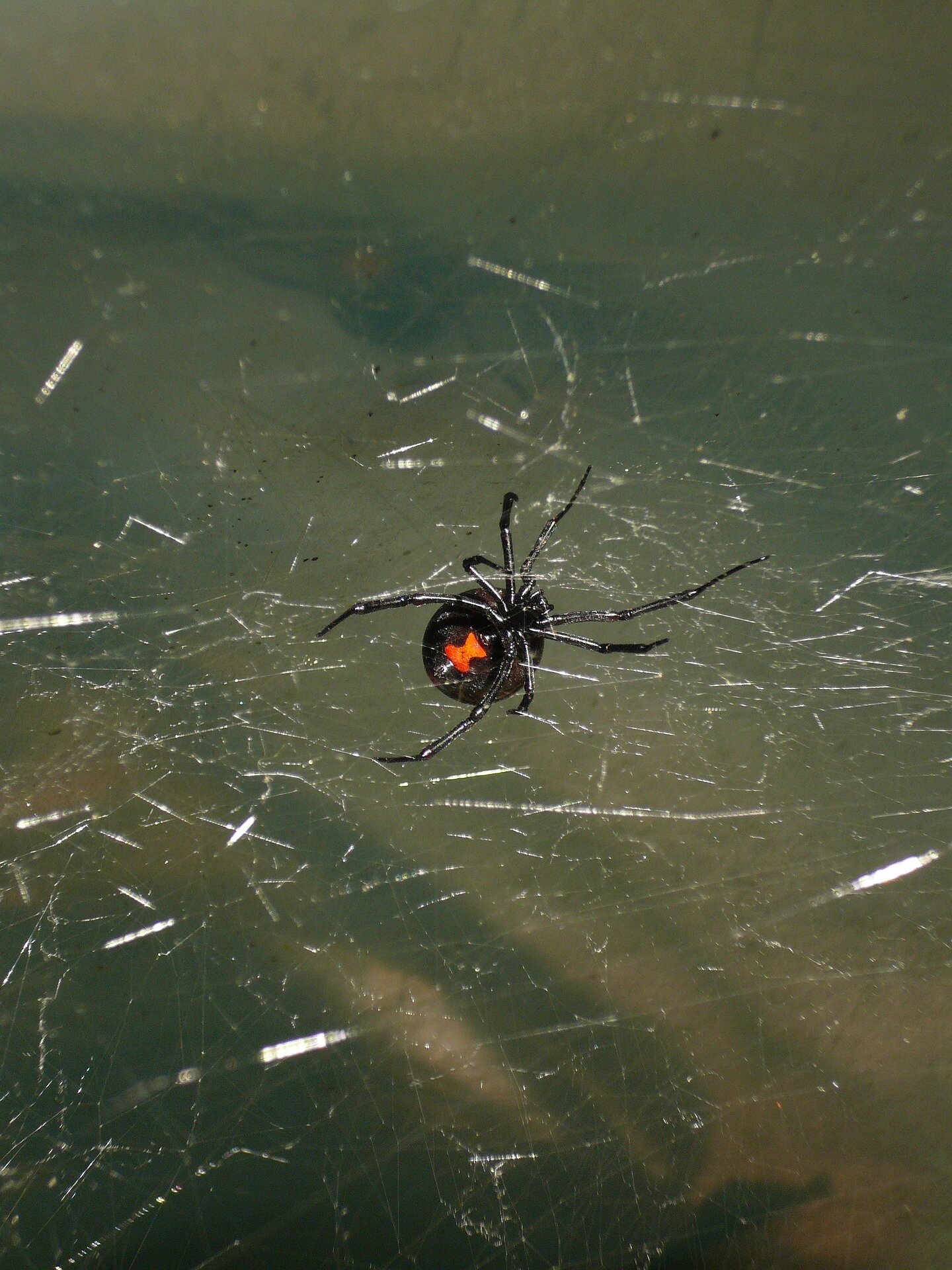#Extend 14-day human embryo research limit to 28 days, urges ethicist

“#Extend 14-day human embryo research limit to 28 days, urges ethicist”

It’s time to extend the legal limit on human embryo research from 14 to 28 days, because technology and knowledge have moved on during the 40 years since it was introduced, urges a leading ethicist in the Journal of Medical Ethics.
This step is now key to discovering potential new treatments to ward off the risks of recurrent miscarriage and developmental abnormalities, contends Sophia McCully of King’s College, London.
The ’14-day rule’ limits research on intact human embryos to this period, as it is only after 14 days that the central nervous system begins to develop. The law governing the rule applies in many jurisdictions and is upheld even in countries without relevant laws or guidelines.
“For the past 40 years, the 14-day rule has both governed and enabled embryo research and therapeutic innovation globally. It has been a piece of legislation and a rule of good practice, defining a clear boundary in which valuable research has been able to proceed against some considerable opposition,” writes the author.
But it is now safe and timely to make a policy change and extend the rule without fear of any “moral and regulatory slippery slope,” she says.
Many studies suggest that important changes in the embryo that occur before 14 days are likely to affect subsequent development. But without the ability to go further, their real significance will be hard to understand, she argues.
And as the embryo only starts to develop after 14 days, “how are we to learn about our beginnings if we cannot study them?” she asks.
Scientists now have the capacity to culture human embryos beyond 14 days, and there are compelling reasons for mandating the extension of this rule to 28 days, she contends.
These include greater understanding of the development of birth defects such as congenital heart disease, which affects around 8 in every 1000 babies; the potential to improve in vitro fertilisation (IVF) and reduce rates of miscarriage; and improved safety testing of new techniques, such as mitochondrial replacement therapy (MRT).
Many argue that animal embryos can be used instead of human ones, she says. And Macaque monkey embryos have been used for up to 20 days. But it’s not clear how closely these resemble human embryo biology and this question can’t be answered without doing the comparison, she highlights.
There are also ethical and philosophical reasons why the 14-day rule needs to be amended, she says.
It is legal to abort an embryo or fetus substantially ‘older’ than 14 days, and, with appropriate consent, to do research on its tissues, yet it is illegal to experiment on an embryo beyond 14 days that was never intended for implantation, she points out.
With the introduction of tests in the UK to pick up three of the most severe chromosomal disorders, selective abortion has increased, she says.
With the ability to uncover why an embryo might have abnormalities through experiments on intact embryos maintained beyond 14 days, and then use new technologies to avoid or correct the problem, the frequency of selective abortion and therefore embryo and fetal wastage might be reduced, she suggests.
“The 14-day rule has become limiting, and just because something has once worked does not mean it should stay the same or not strive to improve. As is clear to see, there are a multiplicity of reasons why embryo research beyond 14 days can help us realise the metamorphic potential of healthcare,” writes the author.
“From this analysis, and that of others, there are no substantive ethical reasons for not altering the limit,” she argues.
“Embryo research is a crucial undertaking and will help us to make many transformational discoveries, thus extending this very arbitrary limit is an endeavour that must be achieved,” she concludes.
Double time limit for embryo research say ethics experts
The time has come to extend the 14-day limit, Journal of Medical Ethics (2021). DOI: 10.1136/medethics-2020-106406
Citation:
Extend 14-day human embryo research limit to 28 days, urges ethicist (2021, February 1)
retrieved 1 February 2021
from https://medicalxpress.com/news/2021-02-day-human-embryo-limit-days.html
This document is subject to copyright. Apart from any fair dealing for the purpose of private study or research, no
part may be reproduced without the written permission. The content is provided for information purposes only.
If you liked the article, do not forget to share it with your friends. Follow us on Google News too, click on the star and choose us from your favorites.
For forums sites go to Forum.BuradaBiliyorum.Com
If you want to read more Like this articles, you can visit our Science category.



